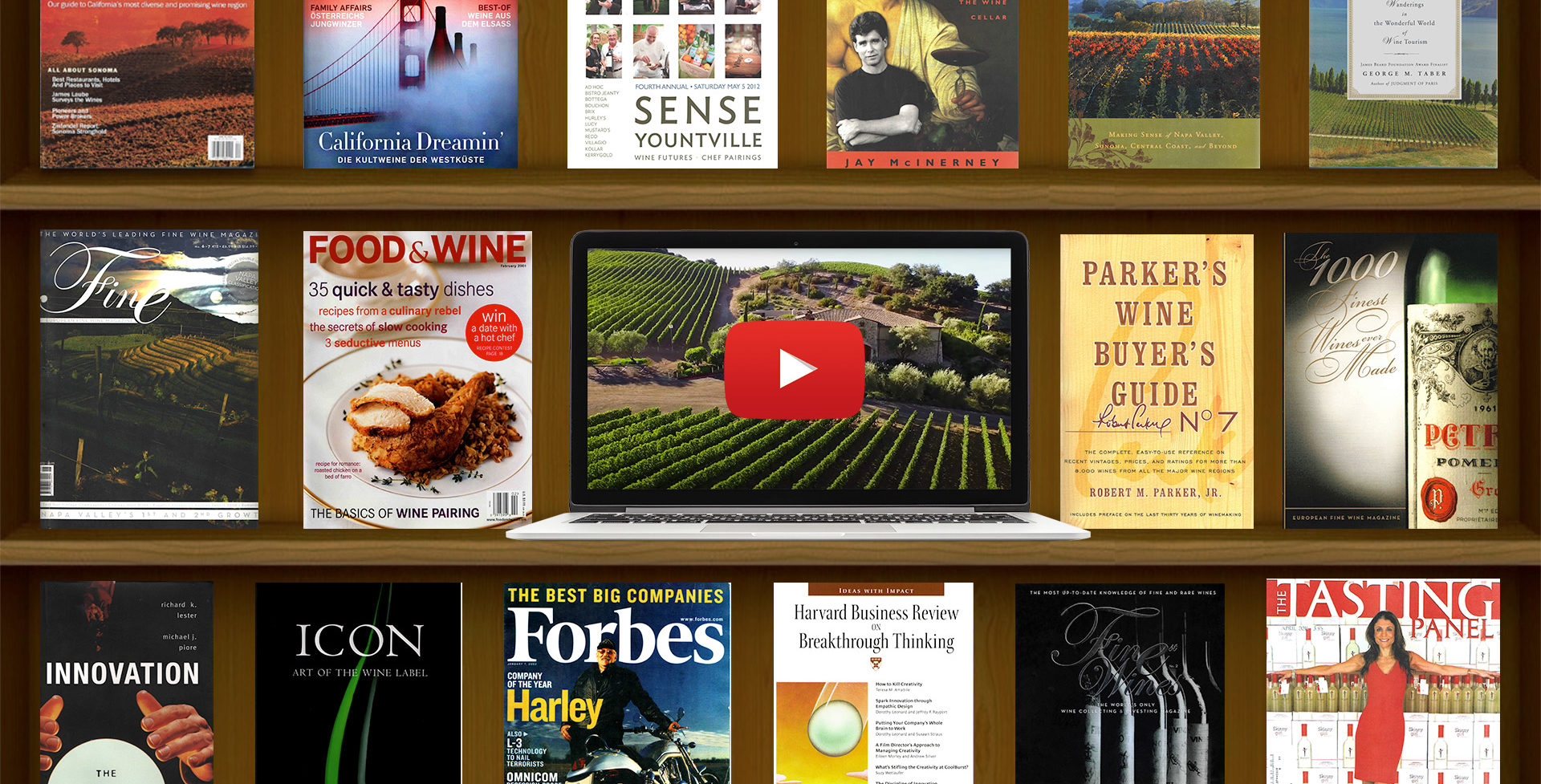By Ryan Flinn, Bloomberg News
April 11, 2010
As a collector of rare and expensive wines, Claude Blankiet suspects that he’s drunk at least a few fakes without noticing.
Wine counterfeiters make it hard to tell whether you’re really drinking the vintage indicated on the label, he said.
And because high-end wines can fetch thousands of dollars, the incentive to create fake is huge, said Blankiet, who makes his own highly rated Bordeaux – style blends in the Napa Valley.
“How do you know it’s a real wine? If you open up a ’45 Mouton, is it a ’45, or a ’95?” He said. “When he gain can be achieved quickly and that easily, people actually do it.”
To combat counterfeiting, wineries are combining the ancient art of winemaking with cutting-edge technology. They’re putting radio-frequency ID tags inside labels, embedding microscopic material into the ink printed on the bottles, and even carbon dating wine to ensure authenticity.
It’s an arms race with the counterfeiters, who are attracted to the industry because of the soaring prices or rare wines at auction. In the past five years, prices of the 100 most sought-after wines have increased almost threefold, according to the Liv-ex (London International Vintners Exchange) fine-wine index.
“It’s almost like the housing boom”, said Neil Ivey, a sales manager at Payne Security in Washington , D.C., a firm that develops anti-counterfeiting measures for the wine industry.
At a Zachys Burgundy auction in San Francisco last month, a 30liet bottle of 1959 Chambertin Armand Rousseau fetched $48,400.
Payne relies on a special ink printed on a tag that goes over the bottle’s foil capsule. Wineries can use a handheld reader that receives a signal from the ink. That verifies the bottle came from the right place.
Verifying authenticity
Blankiet doesn’t want drinkers to have doubts about his own wine. Since 2005, every Blankiet Estate bottle has included a special seal with a pattern on it that can’t be replicated. The technology was designed by Prooftag SAS in Montauban, France. If the bottle is opened, the tag is destroyed. Buyers can verify the tag is authentic by logging on to a Web site. “Each tag is like a finger-print,” Blankiet said.
Chuck McMinn, the owner of Vineyard 29 is working with a Coral Gables, Fla.-based IProof to incorporate RFID tags into the foil covering his corks. “We do recognize that our wines are sought after,” said McMinn, who founded Covad Communications Group Inc. in 1996, before moving on to wine. “So we’ve taken a number of steps to make it a headache for the copiers to try and go after our wines.”
Checking legitimacy online
McMinn also will let buyers verify the provenance of the wines themselves. Mobile phones with RFID readers, which are widely available overseas and should start appearing in the United States soon, will let customers do just that, he said.
“When you scan it with a cell phone, it will call up a specific Web page for the specific wine you just bought,” McMinn said. It can also be set to show customers the winery’s tasting notes or offer food paring suggestions.
Another way to determine the vintage of an older bottle: the so-called bomb pulse. Nuclear weapons testing during the 1050s and early 1960s almost doubled the amount of carbon-14 isotopes in the atmosphere, said Graham Jones, a professor who specializes in wine and horticulture at the University of Adelaide in Australia. That concentration, called the bomb pulse, can be measured from that time, he says.
The bomb pulse provides a clock for dating biological materials formed after 1955, Jones said. Grapes grown during those years – and in the decades after – retain a ”memory” of the particular vintage.
The memory is still there when grapes turn into wine, he said. The wine industry is behind other fields in ad opting anti-counterfeiting technology, Ivey said. Tobacco, pharmaceuticals and ID-document companies have made it a higher priority, he said.
“It certainly isn’t at the stage yet where we’re seeing security divisions within wineries that think about nothing but protecting their brands”, Ivey said. “It’s usually a person or two who kind of acknowledges within a winery that there is problem.”
Billionaire collector William Koch has spotlighted the risk of buying counterfeit wines. Koch who has a 40,000-bottle cellar, sued auction houses Christie’s International Plc, Acker Merrall & Condit for allegedly selling him fakes.
Jefferson’ counterfeits
The lawsuits started in 2006, when he filed a complaint against German wine dealer and former pop music manager Hardy Rodenstock, who sold wines he claimed had once belonged to Thomas Jefferson,
Koch says the “Jefferson bottles” were counterfeits.
“The people who are counterfeiting are getting more sophisticated as time goes by,” said Charles Curtis, head of North American wine sales for Christie’s in New York. Christie’s will give a refund to a customer who suspects the purchased bottle is a fake, he said. “It definitely wasn’t an issue 10, 20 years ago,” Curtis said. “But I don’t think it wasn’t being done, I just think it was less well reported.”


